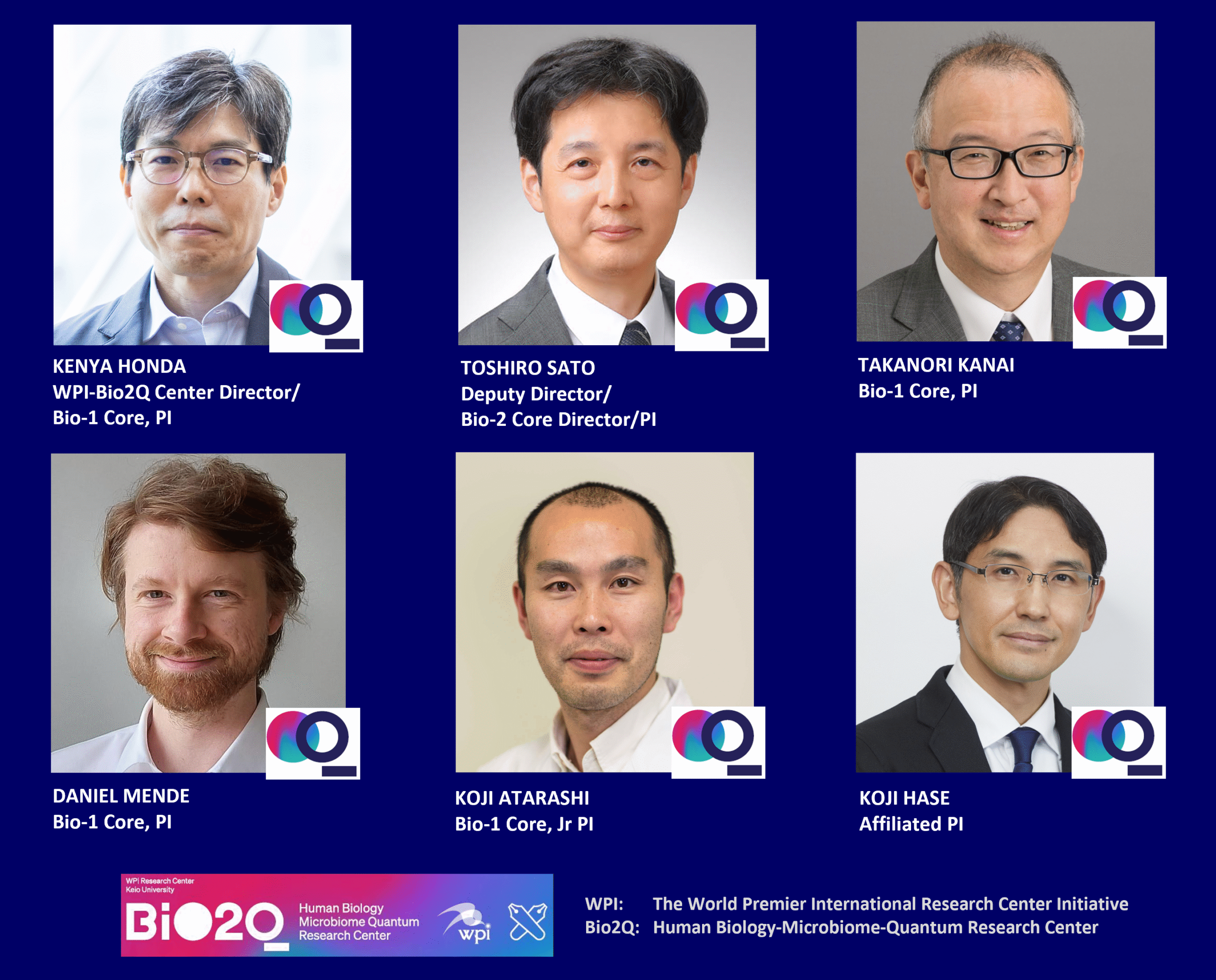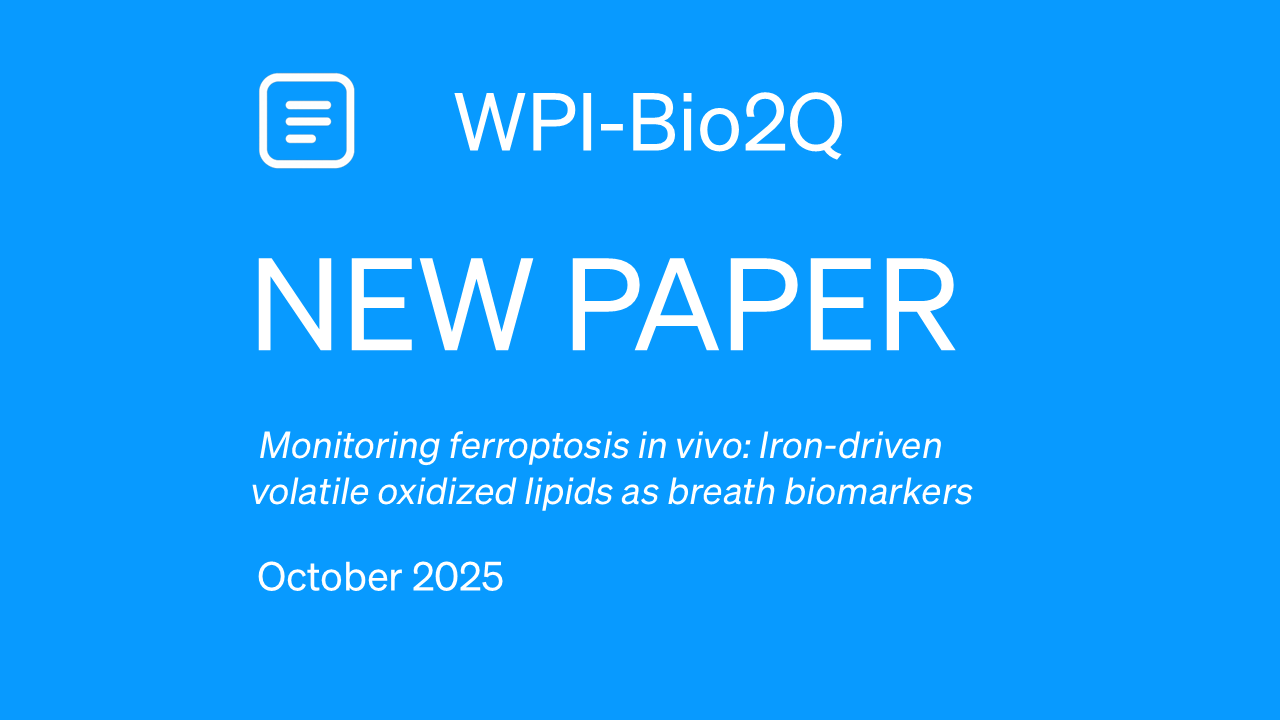EVENT
[Open Seminar] Tsutomu Suzuki, Ph.D.
September 11, 2024
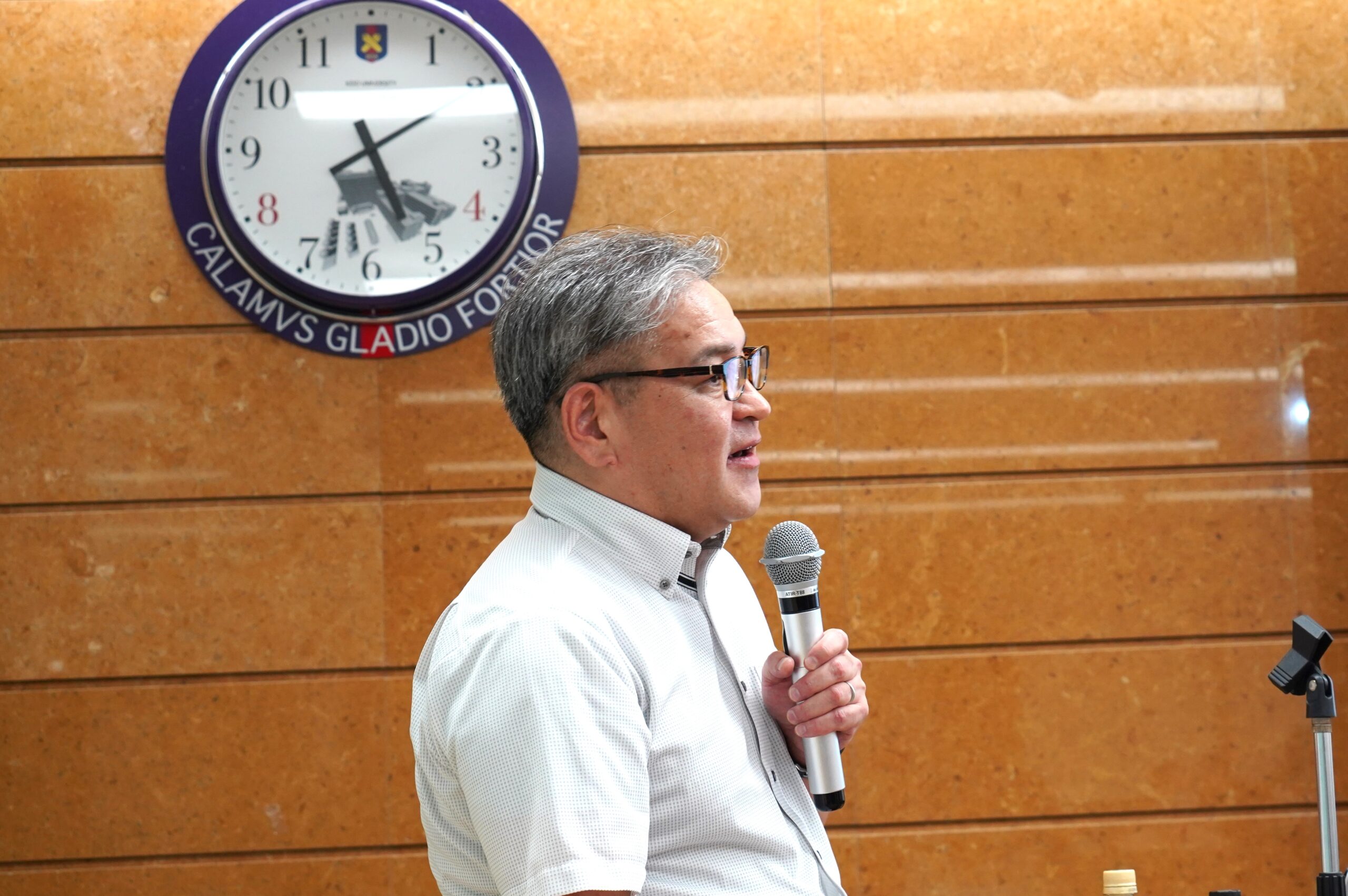
Tsutomu Suzuki, Ph.D.
Credits: WPI-Bio2Q
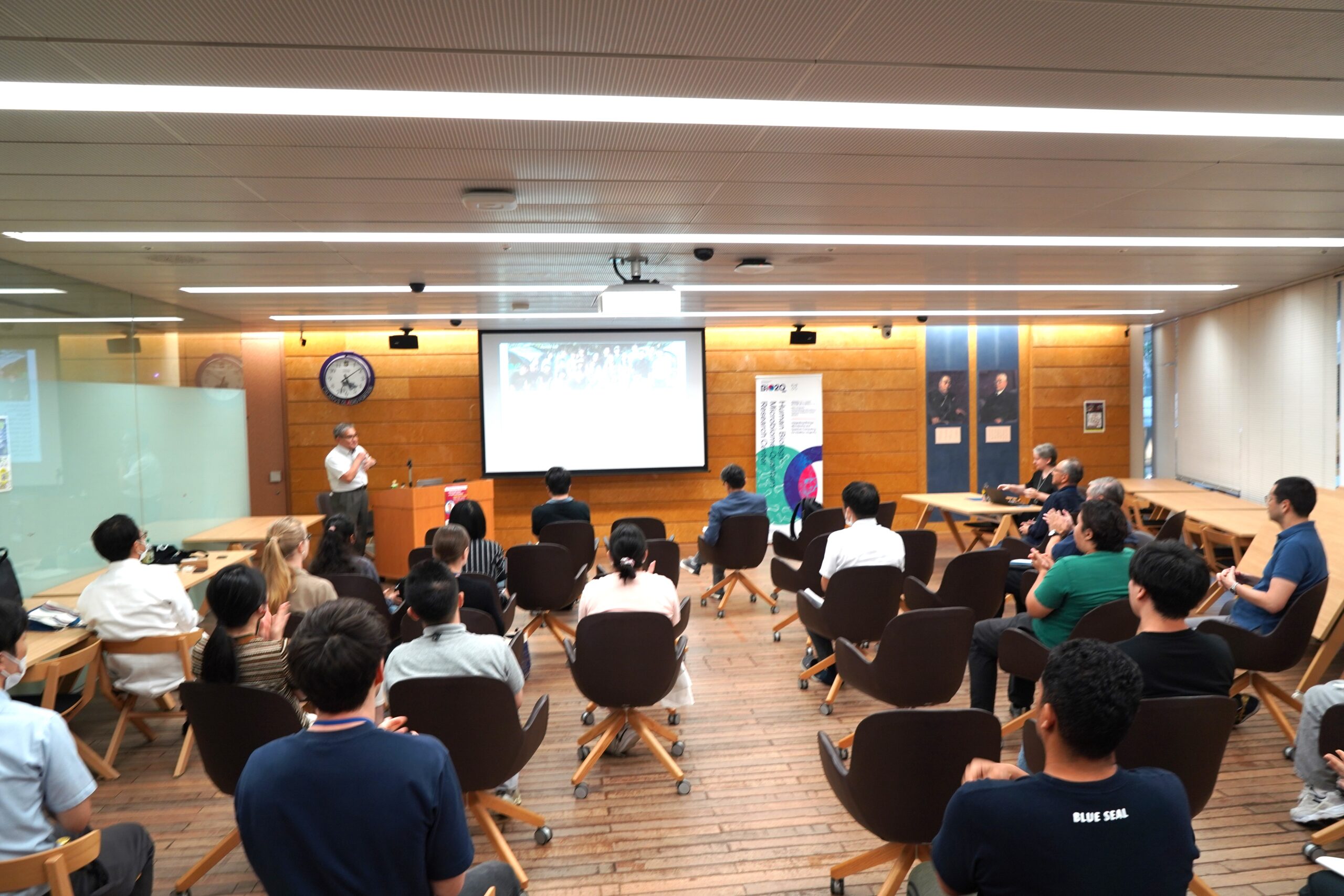
At the seminar
Credits: WPI-Bio2Q

Credits: WPI-Bio2Q
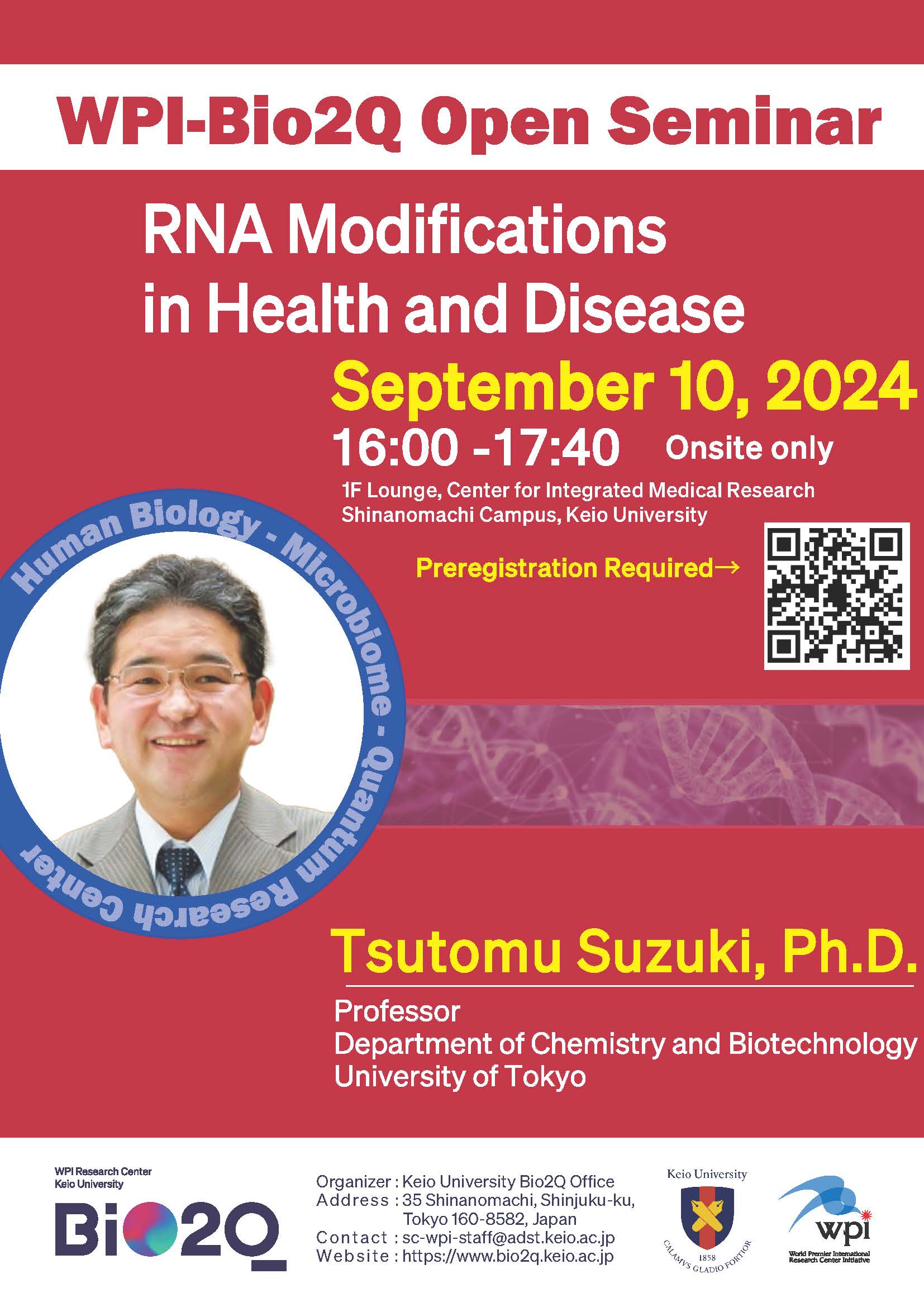
Poster
Credits: WPI-Bio2Q
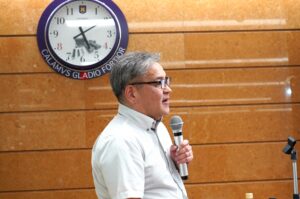
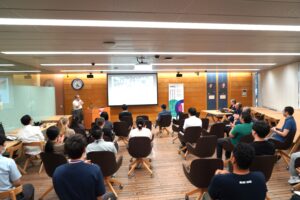
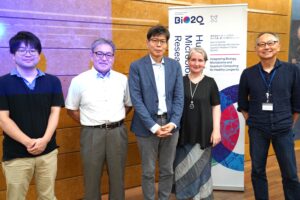
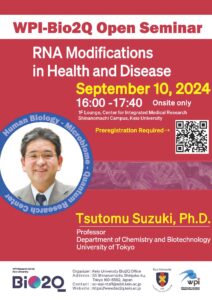




Keio University Human Biology-Microbiome-Quantum Research Center (WPI-Bio2Q) held an open seminar as follows:
| Date & Time | Tuesday, September 10, 2024, 16:00 -17:30 |
|---|---|
| Venue | 1F Lounge, Center for Integrated Medical Research, Shinanomachi Campus, Keio University (Onsite only) |
| Title | RNA Modifications in Health and Disease |
| Speaker | Tsutomu Suzuki, Ph.D. Professor, Department of Chemistry and Biotechnology, University of Tokyo |
| Language | English |
Abstract
RNA molecules frequently undergo post-transcriptional modifications, which are essential for their proper function. To date, about 150 different types of chemical modifications have been identified in various RNA molecules across all domains of life. There are still a number of novel modifications to be discovered. RNA modifications appear to confer chemical diversities to simple RNA molecules basically composed of four letters, to acquire a greater variety of biological functions. These modifications play critical roles in stability and functions of RNA molecules. The physiological importance of RNA modification has been demonstrated by human diseases caused by aberrant RNA modification. We reported a severe reduction in the frequency of tRNA modifications in mitochondrial disease patients, like MELAS and MERRF. These findings provided the first evidence of RNA modification disorder. We have termed “RNA modopathy” as a new category of human diseases.
Queuosine (Q), a tRNA modification characterized by a 7-deazaguanosine with a bulky side chain, is widely present in both bacteria and eukaryotes. Unique to this modification, the free base of Q, known as queuine, is incorporated through a base replacement reaction, converting guanine (G) to Q. Eukaryotes, including humans, cannot synthesize queuine and must obtain it as a dietary nutrient from gut microbiota or dietary sources. In humans and other vertebrates, Q can be further modified by glycosylation, forming either galactosyl-queuosine (galQ) or mannosyl-queuosine (manQ). The function of these glycosylated Q modifications remained unclear for nearly half a century after their discovery. Recently, we identified two glycosyltransferases responsible for the formation of galQ and manQ and elucidated the biosynthesis, functional roles in protein synthesis, and physiological significance of these glycosylated Q tRNA modifications.
More Bio2Q News
Inaugural Bio2Q "LEAD50" Lectureship Held
The 30th Keio Medical Science Prize Ceremony and Commemorative Lecture was held at the Kitasato Hall on Shinanomachi Campus on Tuesday, Nove...
Newsletter “Bio2Q Connect” (Vol. 2, Issue 11)
We are delighted to share with you Vol. 2, Issue 11 of WPI-Bio2Q Newsletter “Bio2Q Connect”. Major topics of this issue include: The 3...
New Research Internship Student - Ms. Julia Tsanis-Horniblow
Introducing a new Research Internship Student of Bio2Q We are delighted to welcome Ms. Julia Tsanis-Horniblow as a Research Internship Stud...
Six WPI-Bio2Q Researchers Recognized as “Highly Cited Researchers 2025”
Keio University Human Biology-Microbiome-Quantum Research Center (WPI-Bio2Q) is proud to announce that six of our researchers were selected ...
[Publication]Monitoring ferroptosis in vivo: Iron-driven volatile oxidized lipid...
Researchers from Bio2Q and Keio University have developed a noninvasive method to detect ferroptosis by analyzing volatile oxidized lipids i...








.png)

